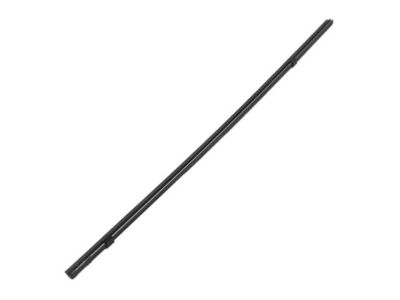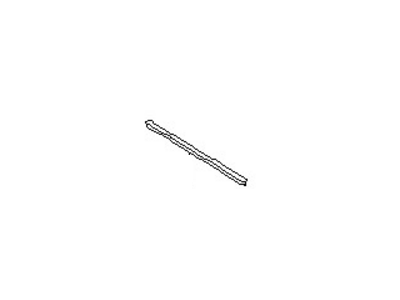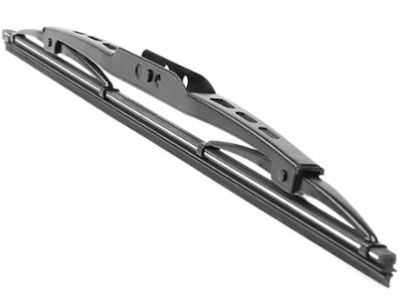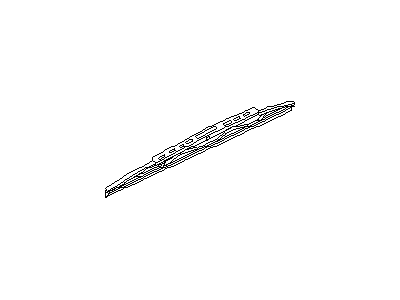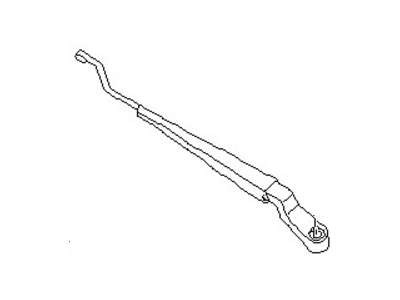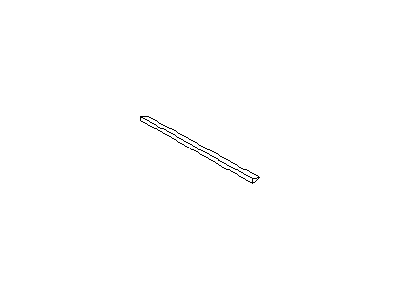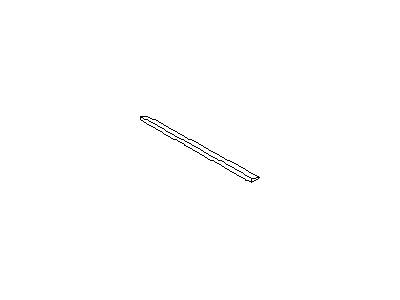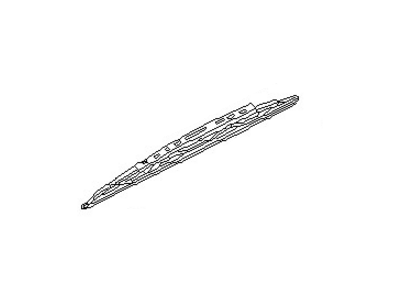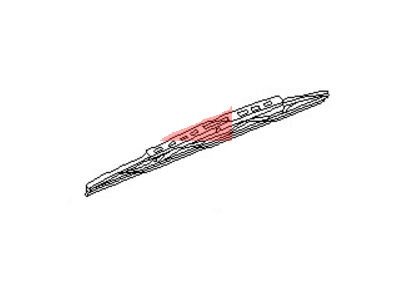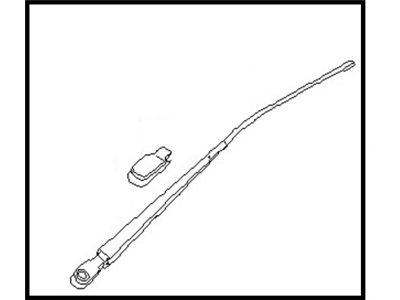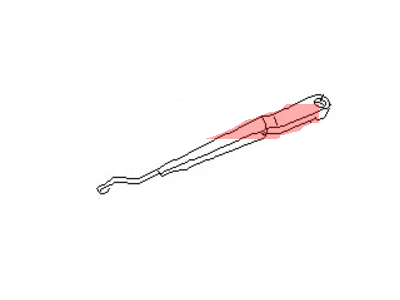×
- Hello
- Login or Register
- Quick Links
- Live Chat
- Track Order
- Parts Availability
- RMA
- Help Center
- Contact Us
- Shop for
- Nissan Parts
- Nissan Accessories

My Garage
My Account
Cart
Genuine Nissan 240SX Windshield Wiper
Front Windshield Wiper- Select Vehicle by Model
- Select Vehicle by VIN
Select Vehicle by Model
orMake
Model
Year
Select Vehicle by VIN
For the most accurate results, select vehicle by your VIN (Vehicle Identification Number).
21 Windshield Wipers found

Nissan 240SX Wiper Blade Refill,Driver
Part Number: 28895-79903$10.57 MSRP: $14.57You Save: $4.00 (28%)Ships in 1-3 Business Days
Nissan 240SX Windshield Wiper Blade Assembly
Part Number: 28890-40F00$15.18 MSRP: $21.98You Save: $6.80 (31%)Nissan 240SX Window Wiper Blade Assembly
Part Number: 28890-70F00$15.18 MSRP: $21.98You Save: $6.80 (31%)Ships in 1-3 Business DaysNissan 240SX Windshield Wiper Blade Assembly
Part Number: 28890-40F05$15.18 MSRP: $21.98You Save: $6.80 (31%)

Nissan 240SX Wiper Blade Refill Assist
Part Number: 28895-89903$12.11 MSRP: $16.70You Save: $4.59 (28%)
| Page 1 of 2 |Next >
1-20 of 21 Results
Nissan 240SX Windshield Wiper
If you need any OEM Nissan 240SX Windshield Wiper, feel free to choose them out of our huge selection of genuine Nissan 240SX Windshield Wiper. All our parts are offered at unbeatable prices and are supported by the manufacturer's warranty. In addition, we offer quick shipping to have your parts delivered to your door step in a matter of days.
Nissan 240SX Windshield Wiper Parts Questions & Experts Answers
- Q: How can you ensure maximum effectiveness and longevity of windshield wiper blades on Nissan 240sx?A:For maximum effectiveness and longest element life, the windshield and wiper blades should be kept clean, as dirt, tree sap, and road tar can cause streaking, smearing, and blade deterioration. It is advisable to wash the windshield with a commercial glass cleaner at least once a month and to wipe off the rubber blades with a wet rag afterward. Avoid moving the wipers back and forth by hand to prevent damage to the motor and drive mechanism. If the blades are cracked, broken, or torn, they should be replaced immediately, with replacement intervals varying based on usage; ozone deterioration typically limits blade life to about one year. If the wiper pattern is smeared or streaked, or if the blade chatters across the glass, replacement is necessary, and it is easiest to replace them in pairs. There are three types of wiper blade refills, differing in their replacement methods. One type features two release buttons located about one-third of the way up from the ends of the blade frame; pushing these buttons down releases a lock, allowing the rubber blade to be removed and replaced. The second type has two metal tabs that unlock when squeezed together, enabling the rubber blade to be withdrawn from the frame jaws, with a new one installed by inserting it into the front frame jaws and sliding it rearward to engage the remaining jaws. The third type is made from polycarbonate and includes a simple locking device at one end that flexes downward for easy release; the new refill is slid through all the jaws and pushed through slight resistance to lock into position. Regardless of the refill type, ensure that all frame jaws are engaged as the refill is pushed into place and locked, as the metal blade holder and frame can scratch the glass if they touch it.
